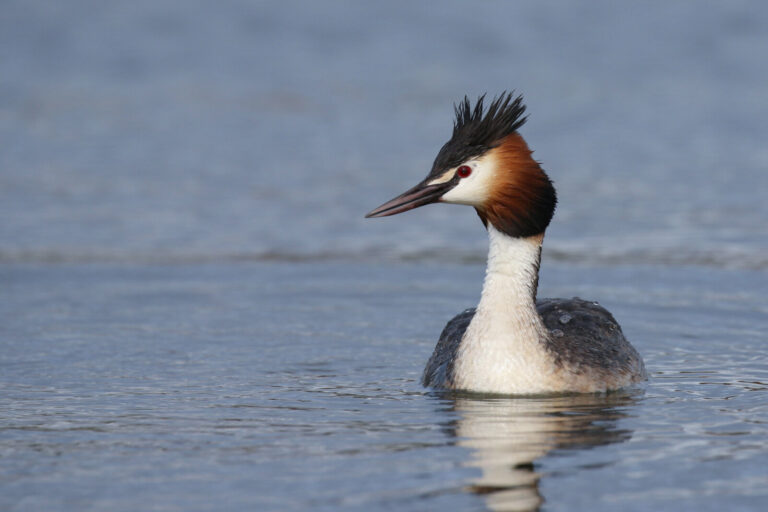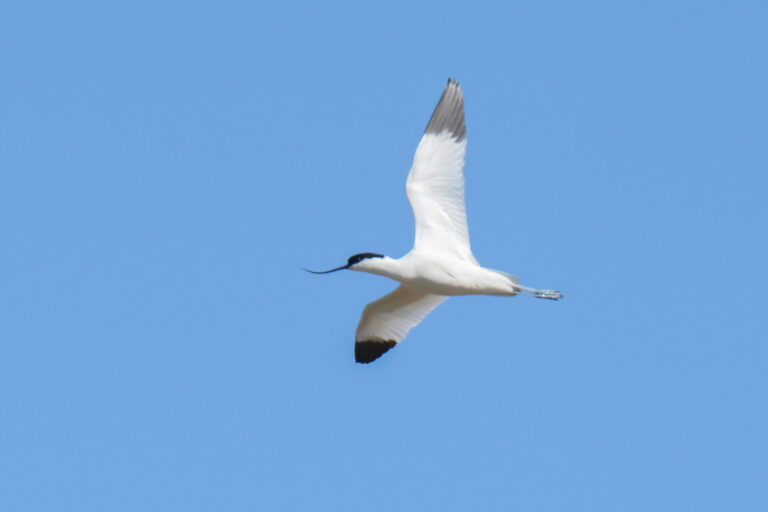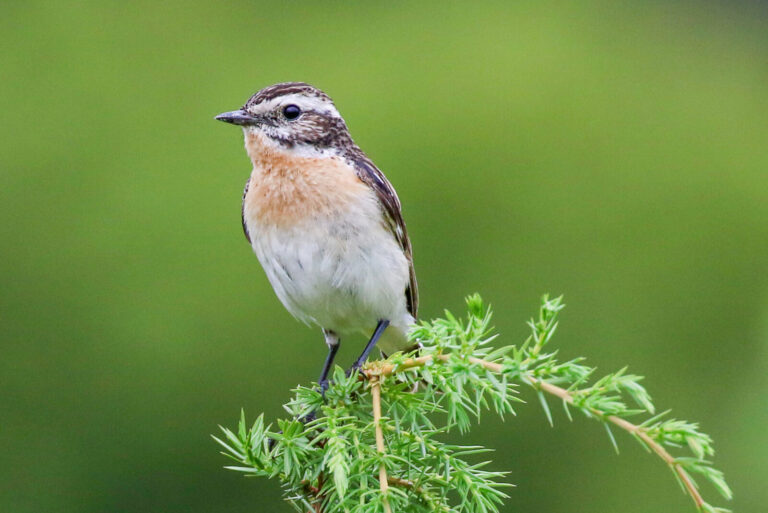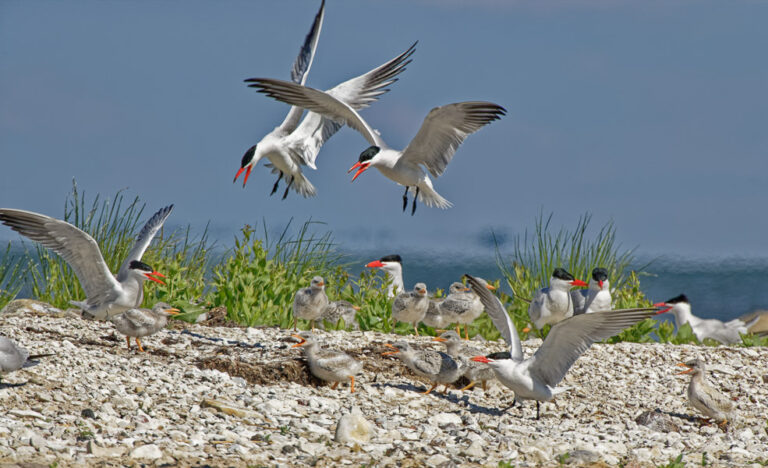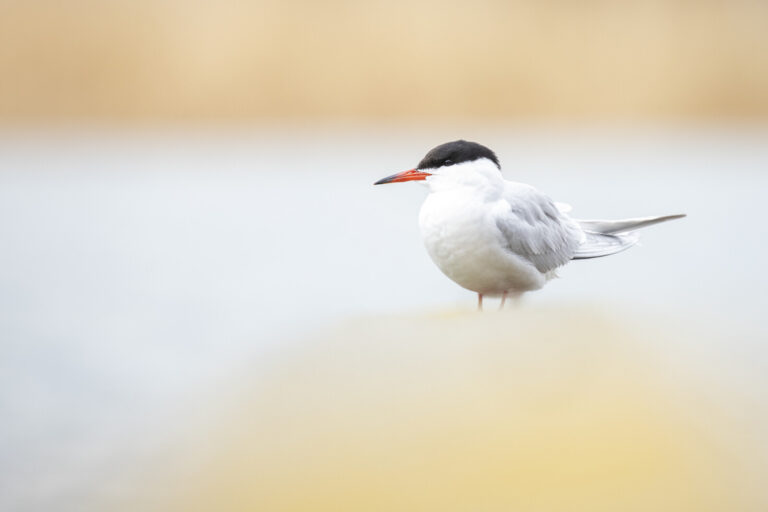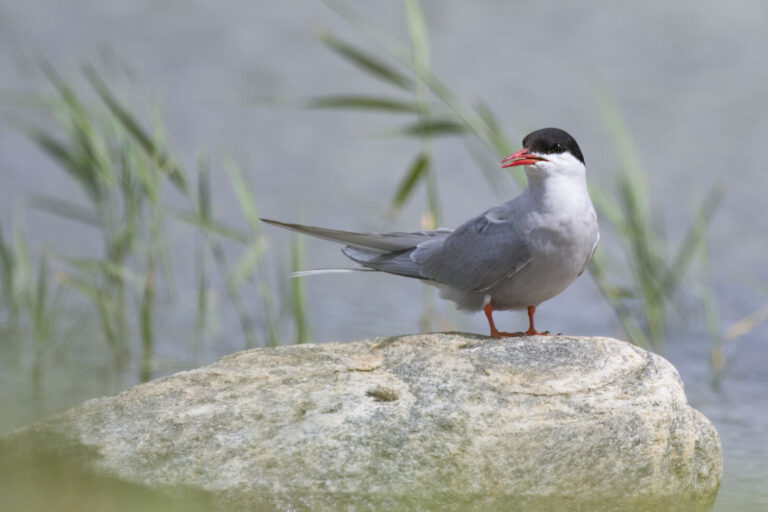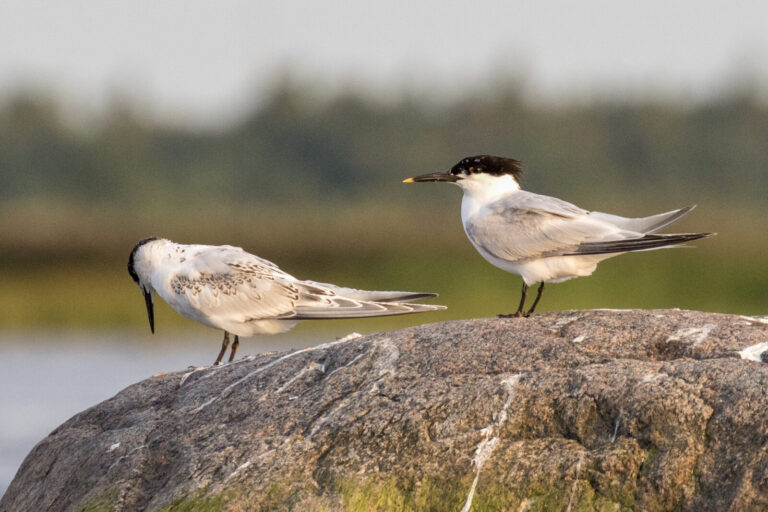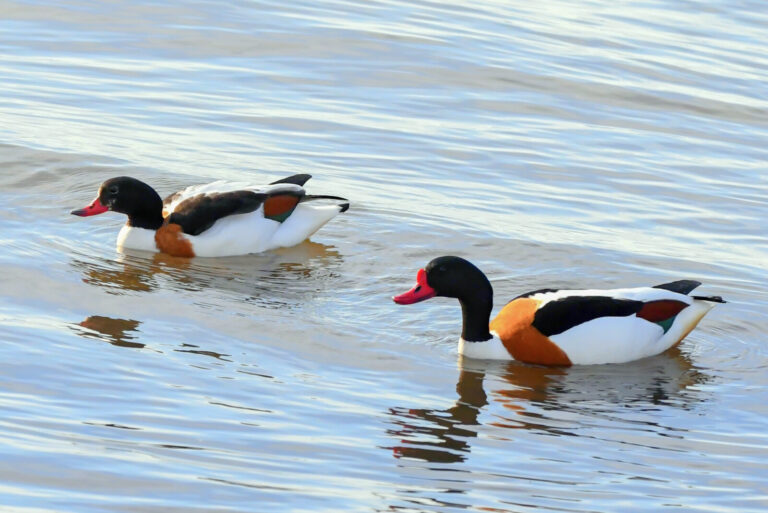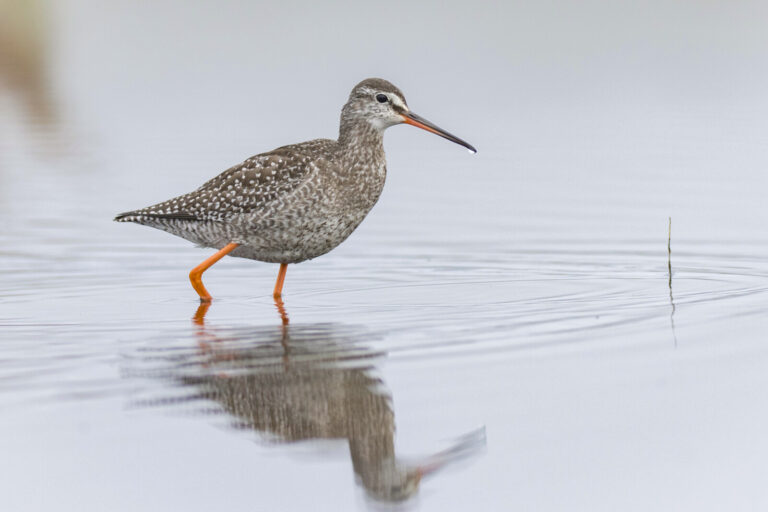Great crested grebe
The great crested grebe is a common breeding and migratory bird in Lääne County. Migrating great crested grebes tend to reside in inland bays, with smaller numbers observed at bigger lakes and the open sea.
The great crested grebe is best seen in the spring, between April and May, from the Haapsalu Promenade. At that time, the great crested grebe’s impressive courtship ritual can be observed. Saunja Bay and the Sutlepa Sea also have a large population of great crested grebes, with dozens of couples nesting. In Matsalu, they may be seen near Cape Puise or from Keemu observation tower.
